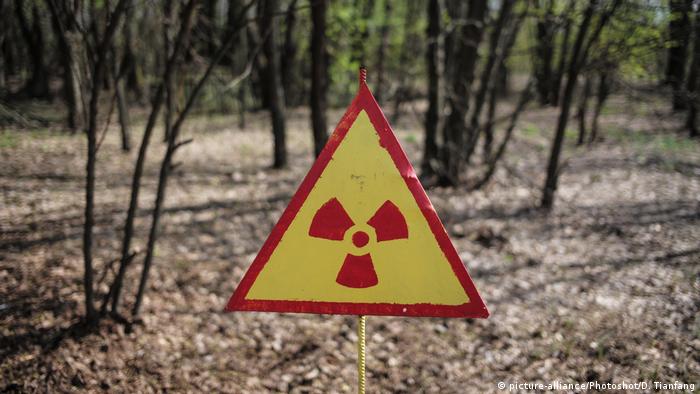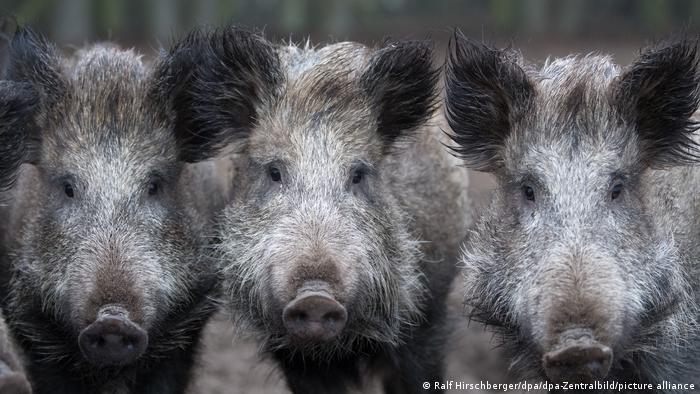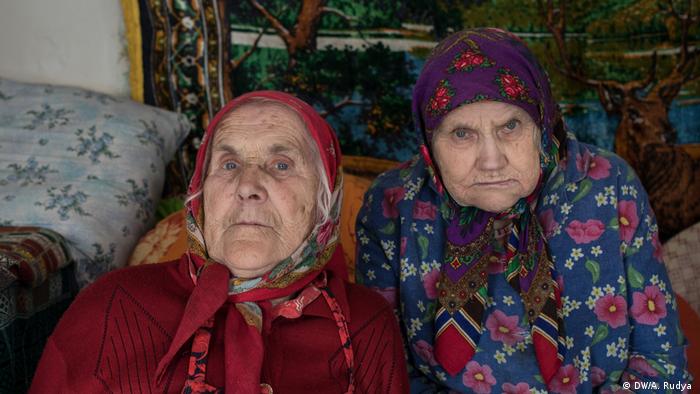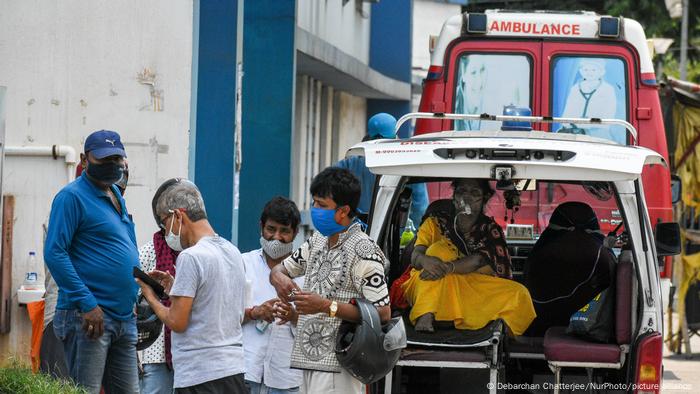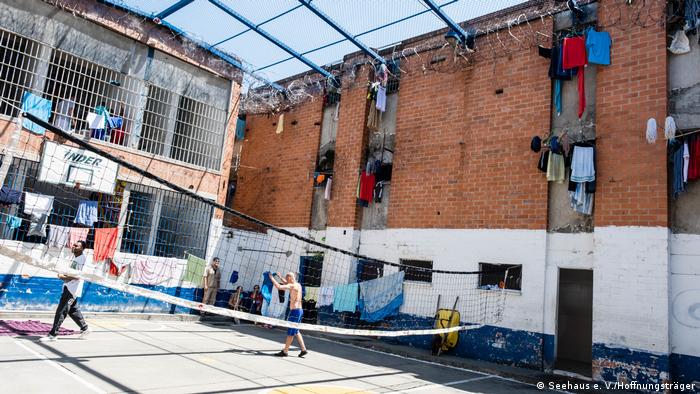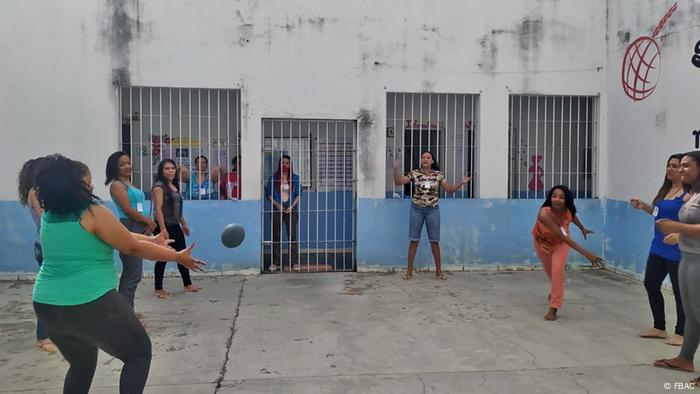Germany's Greens ahead of Merkel's CDU/CSU in new poll
The Greens have recorded their best polls in history, surpassing the ruling conservatives. The development sparked accusations that the party's candidate for chancellor, Annalena Baerbock, lacks experience.

Five months out from federal elections, the Greens are polling ahead of Merkel's conservatives. GREEN LEADER Annalena Baerbock SPEAKIN G
Germany's Green party is more popular than German Chancellor Angela Merkel's CDU/CSU bloc, according to a new opinion poll published on Sunday.
The Greens polled at 28%, up 6 percentage points, according to the Kantar research group's Sunday trend poll carried out on behalf of tabloid Bild am Sonntag.
The newspaper reported that this was the Green's highest-ever poll rating in the history of the Sunday trend polls.
Watch video00:33 Baerbock: We must make changes to create a fair country
Merkel's conservative Christian Democrats (CDU) and their Bavarian sister party the Christian Social Union (CSU) fell two percentage points to 27%.
The Social Democrats (SPD), who share power in a coalition government with the conservatives, also lost two points, slipping to 13%. This was their lowest result since August 2019.
The socialist Left party polled at 7%, and the far-right, populist Alternative for Germany (AfD) recorded 10% — both down one point.
The pro-business Free Democrats (FDP) remained at 9%.
Kantar surveyed 1,225 people for the poll between April 15 and 21.
WHO COULD SUCCEED ANGELA MERKEL AS GERMAN CHANCELLOR?Armin LaschetCDU chairman Armin Laschet, a staunch supporter of Angela Merkel, heads Germany's most populous state. Conservatives routinely underestimated the jovial 60-year-old, famous for his belief in integration and compromise. But recently, his liberal non-interventionist instincts have led to him eating his words more than once during the coronavirus crisis. PHOTOS 123
The poll results come after the Greens appointed Annalena Baerbock as their chancellor candidate for the September elections.
The CDU/CSU bloc has chosen Armin Laschet to be its chancellor candidate, rejecting Bavarian Premier Markus Söder, who is more popular with voters. The center-left SPD put forward Olaf Scholz, who is currently serving as vice-chancellor.
Germans will head to the polls in five months for national elections to replace Merkel, who has held power for more than 15 years.
SPD's Scholz points to Baerbock's inexperience
Baerbock would have a strong chance in a head-to-head battle for the chancellory, according to another survey published by Bild.
Talking to Bild's Sunday edition, however, Scholz claimed the race was still open to him despite trailing the two top candidates.
"Germany is one of the world's biggest and most successful industrial countries. It should be run by someone who has experience in governing, who not only wants to govern, but can actually do it," Scholz said.
"I am the candidate for chancellor who has the necessary experience and knowledge for this task," he added.
Greens welcome new members
Meanwhile, Green party membership has surged, with a record 2,159 people signing up in the past week, according to party officials.

The Greens recently appointed Annalena Baerbock as their chancellor candidate for the September elections
"Recently, the Greens have managed to win over voters from the CDU/CSU, the SPD, the Left party, but also non-voters," Kantar researcher Torsten Schneider-Haase said. "They're taking on topics that are currently booming."
He said Baerbock had also benefited from the weaknesses of her two competitors.
Party official Michael Kellner told the dpa news agency: "Now is the right time for a new departure in this country, to protect the climate, reduce inequality and start a new Europe."
CSU leader Söder said he expects the CDU/CSU to win more than 30% of votes in the September elections.
"It has to be a result that is clearly above 30% — closer to 35%," the Bavarian premier told the Süddeutsche Zeitung.
In the 2017 election, the sister parties won a combined 32.9%.





